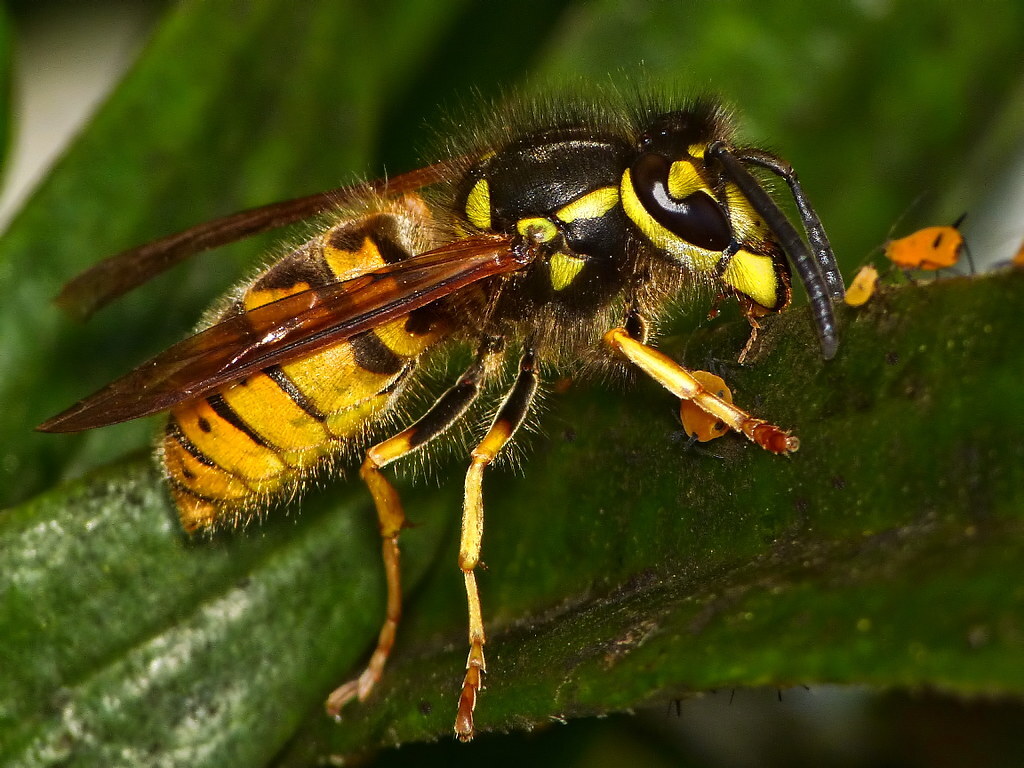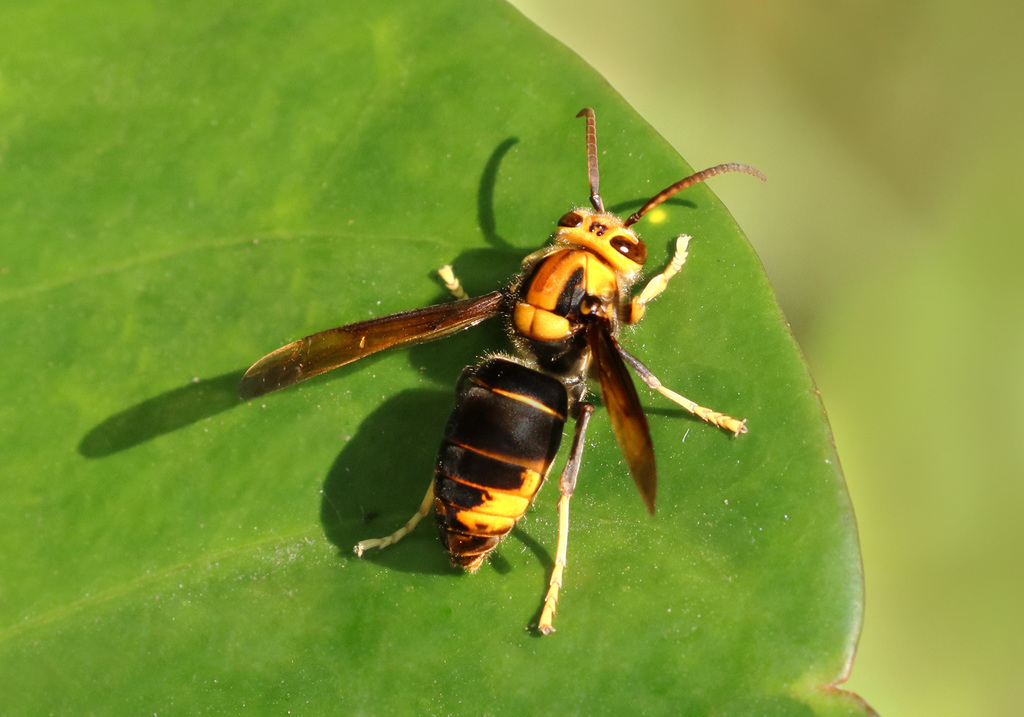everything you need to know about wasps in NZ – and how to get rid of them

German and common wasps
While Aotearoa New Zealand has several harmless native wasp species, we have four accidentally introduced social species that are classified as pests. The most notable of these are the German wasp (first found in 1945) and the common wasp (established since 1978). We also have two types of paper wasps: Australian and Asian.
Wasps thrive in this country because they have no natural enemies, and our climate is mild. This allows for large colonies with ample food supply, including native insects and honeydew.
Six wasp facts
Massive reproduction: A single large wasp nest can produce 1000 to 2000 new queens each autumn. Queens hibernate in winter and successfully start new colonies in spring, making the wasp problem a persistent annual cycle.
Nest building. German wasp nests are grey. Common wasp nests are brown. The world's largest recorded wasp nest was from the German wasp and was discovered at a farm in Waimauku (near Auckland). It reached 3.75 metres tall and 1.7 metres wide.
Adult-larvae food swap: Adult wasps are aggressive predators, killing native insects and chopping them up to feed their larvae. In a transactional food cycle, the adult wasps then consume the sugary secretions the larvae produce in return.

Threat to native birds: Researchers have seen wasps killing nesting birds and chicks. Due to their speed, they likely destroy native bird populations much more frequently than is recorded.
Life’s a beech: The beech forests at the top of the South Island have the highest densities of wasps in the world; but wasps also occur in many other habitats across New Zealand. There are 12 nests per hectare in beech forests, that’s about 10,000 wasps per hectare on average.
Staggering economic cost: Established wasps cost the New Zealand economy more than $130 million per year. This includes damage to the pastoral and beekeeping industries, along with an estimated $60 million in lost honey production from monopolising beech forest honeydew.
New yellow-legged hornet threat

The recent discovery of a yellow-legged hornet (Vespa velutina) queen in Auckland marks an immediate biosecurity threat to New Zealand.
This hornet is highly adaptable, preys heavily on pollinators - especially honeybees - and possesses a painful sting. This is a major danger to the honey industry, which is worth over $400 million in export earnings. Hornets attack bee hives, killing workers and causing colonies to stop foraging. This results in significant losses in honey production and crop pollination.
Wasp control
The most effective method for controlling German and common wasps is by directly poisoning their nests.
Nest locations
Wasp nests are typically found:
Underground - often in sunny spots or along stream banks.
Above ground - in hollow trees, under the floor, or in the roof space of houses.

Nest treatment
An insecticidal dust or powder is used by 'puffing' it into the nest entrance. Worker wasps carry the powder throughout the nest, and the colony usually dies within a day.
- Several registered products are available in New Zealand at garden and hardware shops.
- The treatment should be done when the weather is dry, as the powder only works as a dry dust.
- All nests should be treated at night when wasps are less active.
Safety precautions
- Do not proceed if you are not confident about destroying the nest – or if you think you may be allergic to wasp stings.
- Only treat nests that are easily accessible and allow a quick and easy retreat.
- Use only registered chemicals and follow the instructions carefully.
- Cover yourself fully with clothing and use a red-covered torch (wasps cannot see red light).
- Approach quietly and carefully place a spoonful of insecticide in or at the entrance or use a puffer bottle.
- If the nest is disturbed, retreat and wait for the wasps to settle before approaching again.
- Do not shine the torch beam at the nest entrance for too long, as wasps may fly up the beam.
- Wash your hands and anything that touched the powder. Be careful not to breathe the dust.
Professional help
For nests that are unsafe or difficult to get at, contact commercial pest destruction firms. Your local council may also assist, especially if the nest is on council land.
